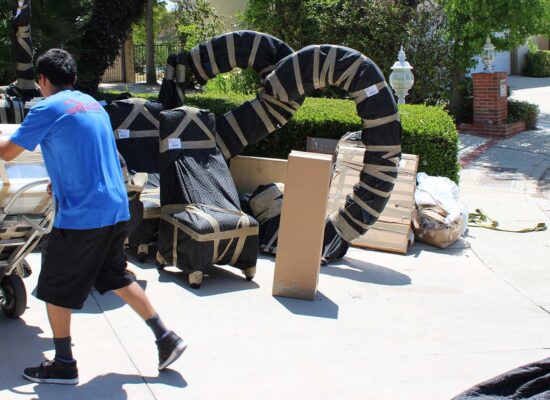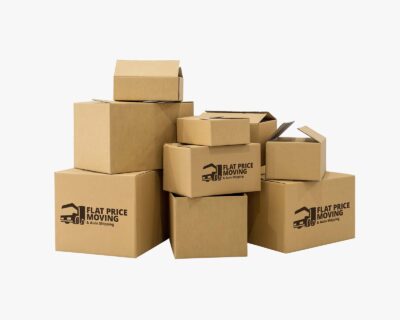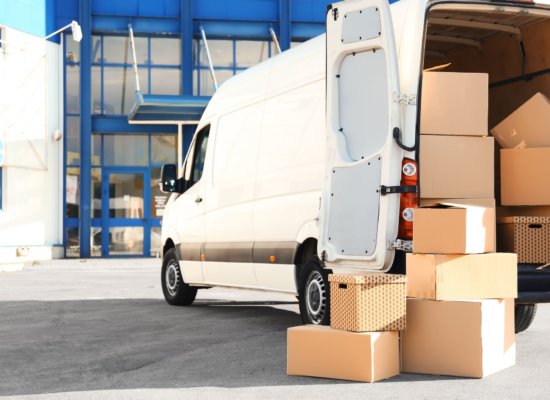Reel in the Fun – How to Pack a Fishing Rod for the Ultimate Adventure
Planning to move and already dreaming of reeling in the big one at the new place? First, you need to pack a fishing rod without turning it into a tangled mess or worse, a million broken pieces. From delicate fly rods to sturdy saltwater gear, here’s how to pack a rod, making sure the journey is as smooth as that first cast.
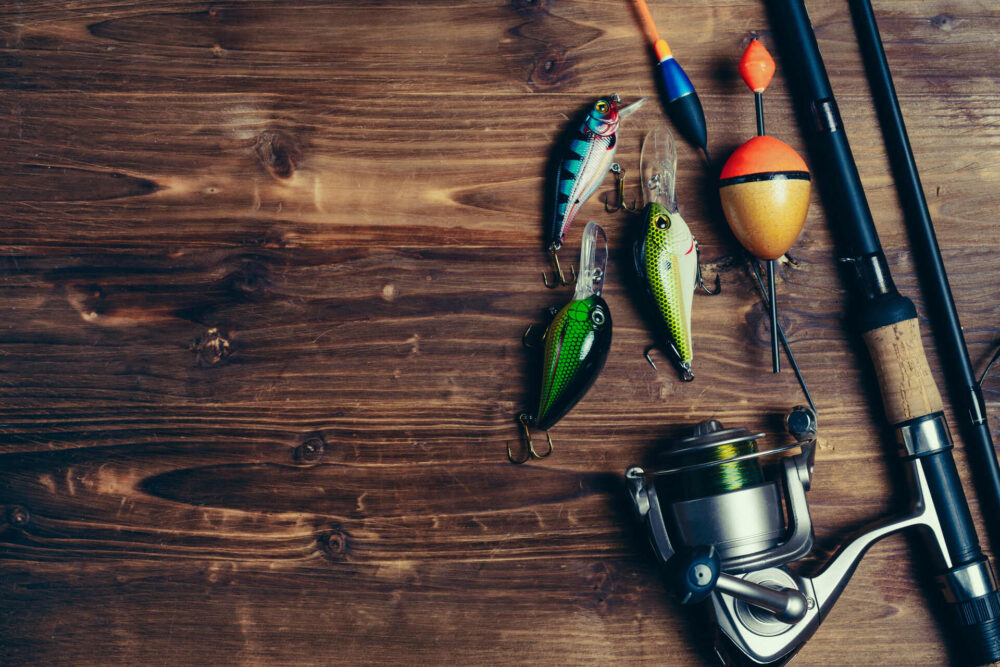
Take a Good Hard Look at Your Fishing Arsenal
The average American family spends between $30 and $60 each year on fishing equipment. That might not seem like a lot, but do it for several years in a row, and you’ve got yourself a full-blown angling arsenal.
One day you’ve got a trusty rod and reel, and the next, you’ve got enough tackle to stock a small bait shop. But having too much stuff isn’t just a fishing problem – it’s the first hurdle of moving to another state in general. Most people don’t realize just how much they’ve accumulated until it’s time to start packing for a move. Suddenly, the cozy home feels like a storage unit for angling gear, tackle, and who-knows-what-else. There’s only one solution to this problem…
Get Rid of the Gear You No Longer Need
Letting go of excess gear is crucial. Not only does it lighten the load, but it also makes moving much easier. Keeping only the essentials means you’ll have more space, less hassle, and a better-looking relocation budget.
So, how do you decide what to get rid of? Start by sorting the gear into different categories, including rods, reels, lures, and other tackle. Then, go through each category and sort them into piles – keep, donate, sell, and trash.
Be honest about what you use and what’s just collecting dust. If it hasn’t seen water in years, it might be time to part ways. Donating unwanted items to local fishing clubs can be a great way to make a fellow fisherman’s day – it’s the perfect way to downsize for a move.
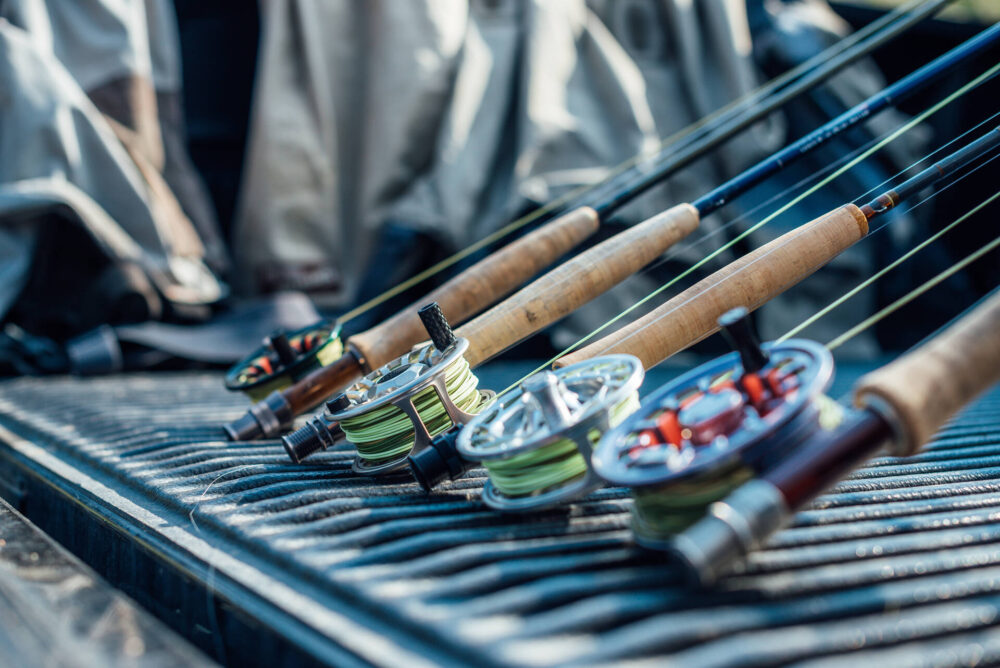
Gear Up on the Packing Supplies – Here’s What You’ll Need
Once you’ve sorted through the gear and kept only the relocation essentials, it’s time to make an inventory. Listing each piece of gear ensures nothing gets left behind and gives you a clear picture of what you’re bringing to the new home.
With the moving inventory as the secret weapon to organize packing, you’ll know exactly how much stuff is going along for the journey. This means you’ll also be able to figure out the packing materials you’ll need. Here’s the usual packaging arsenal:
- Special cases or tubes for protecting the fishing rods,
- Bubble wrap for an extra layer of cushioning,
- Duct tape for securing wraps and sealing boxes tightly,
- Pool noodles or foam tubing for additional cushioning around the rods,
- Protective sleeves for reels and guides,
- Cardboard dividers for separating different pieces and preventing tangles,
- Moisture-absorbing packets to help keep the gear nice and dry,
- Zip ties or Velcro straps for bundling rods and keeping everything organized,
- Foam peanuts to fill void spaces and prevent movement within boxes.
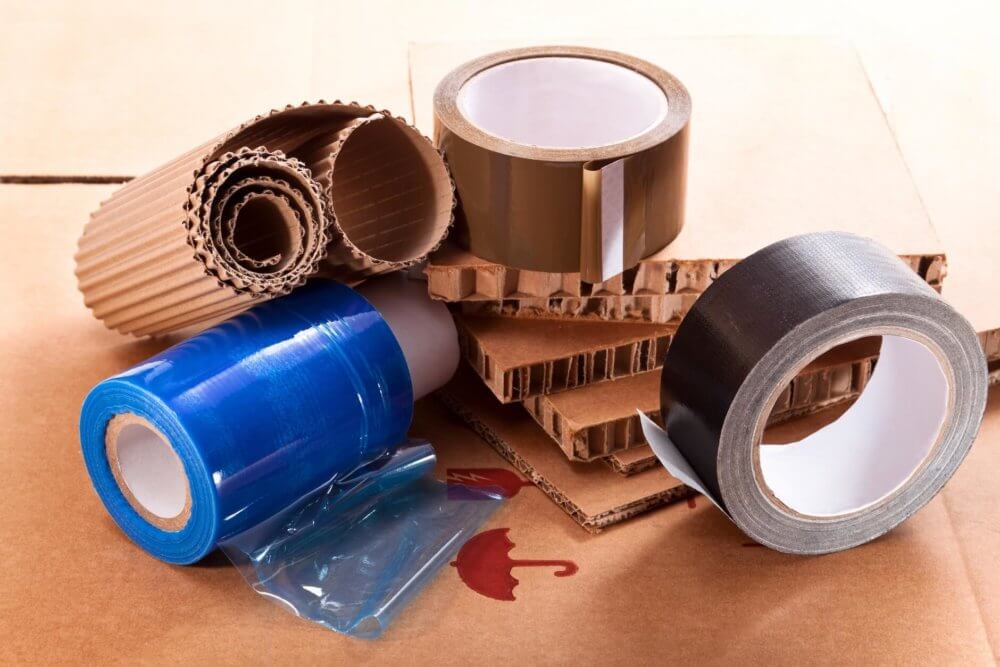
Start by Disassembling Each Rod and Cleaning It Thoroughly
You’ve gathered all the right packing materials but set them aside for just a moment. Before you pack anything, there’s an important task at hand – move-out cleaning, but for the angling gear. This is a crucial task to do in general, throughout the fishing season, to keep the equipment in top shape.
But why is it so important? First, it prevents any dirt, salt, or grime from damaging the gear during the cross-country move. Second, clean gear performs better and lasts longer. A thorough cleaning now means less hassle later, and who doesn’t want that? Here’s how to do it:
- Carefully disassemble the rod, separating the different sections,
- Rinse with fresh water to remove any salt or dirt,
- Use a mild soap to gently scrub the pole with a soft cloth or sponge,
- Use a small brush to get into the nooks and crannies of the guides and reel seat,
- Rinse again, making sure all soap is washed away,
- Use a clean towel to dry thoroughly and prevent any moisture buildup,
- Check for any cracks or wear that might need attention.
Don’t Forget About the Reels and Other Tackle
Fishing reels need some love too! Cleaning them thoroughly ensures they work smoothly when you need them most. Remove the reel from its seat, wipe it down with a damp cloth, and apply a bit of oil to the moving parts. This simple routine keeps the drag on the reels reel smooth, pun intended.
As for the rest of the gear, make sure not even the tiniest pieces are left out of this pampering session. Tackle boxes, lures, and other accessories should be cleaned and organized. This will help you pack efficiently and keep the gear ready for action.
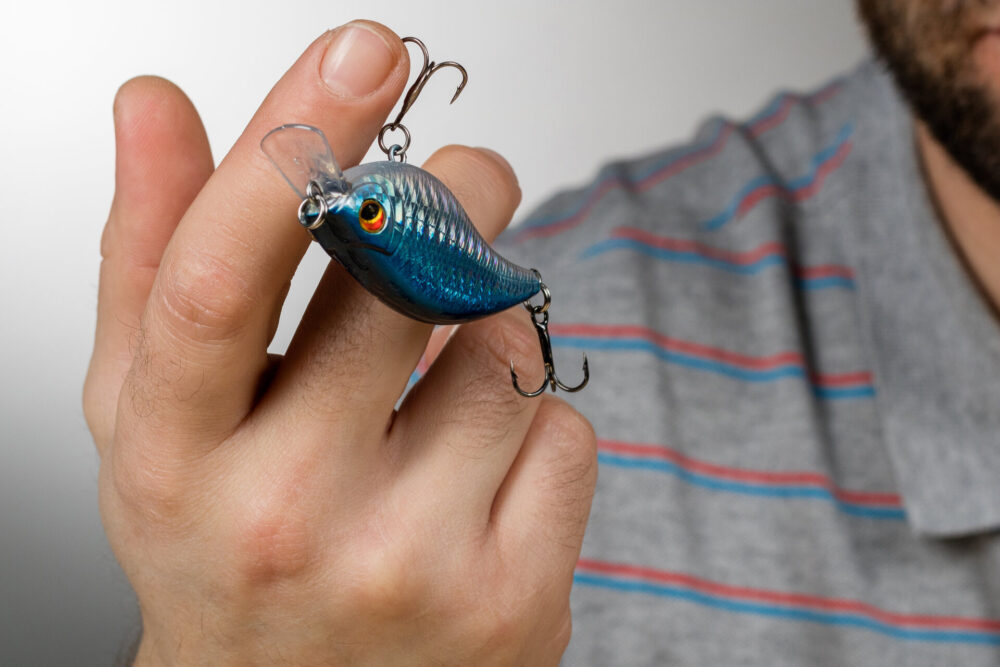
A Quick Angler’s Guide – How to Pack a Fishing Rod Made Simple
Did you know that the South Atlantic region, bordering the Atlantic Ocean and the Gulf of Mexico, has the highest fishing rates in the country? If you’re still deciding where to live and have trouble finding the right spot, this is definitely good to know. This part of the country provides endless opportunities – it’s a real-life paradise for anglers looking to cast their lines and make some unforgettable memories.
But no matter where you’re headed, there will always be something to fish, especially in freshwater. In fact, freshwater angling is the most popular activity among recreational fishermen in the United States.
The number of freshwater anglers is nearly double the number of those fly fishing or lurking in saltwater environments. However, all of them offer so many beautiful adventures. Whether you’re casting in a tranquil lake or battling with the waves of the sea, here’s a quick guide to packing a fishing rod:
Protect the Rod Sections
Wrap each section of the rod in bubble wrap or foam tubing to prevent any scratches or damage. Secure the wrapping with duct tape to keep it in place. The goal is to create a protective barrier that will prevent different sections from knocking against each other. This will make sure each piece is cushioned and safe from the bumps on the road.
Use Rod Cases or Tubes
Place the wrapped sections into special cases or tubes. These hard cases provide an extra layer of protection and prevent the rods from bending or breaking. If you have custom cases, even better, as they fit snugly and offer superior security.
Make sure each pole fits comfortably in its case without being too tight, as this could cause damage. Also, securing different sections with zip ties or Velcro straps is a great way to bundle them together and protect them further.
Fill Any Gaps and Secure
Use foam peanuts or other insert materials to fill any gaps in the cases or boxes. This prevents movement inside the case. Finally, label the cases with heavy-duty markers for easy identification. That way, you’ll be ready for the first fishing trip in the new state as soon as you get there.
Hire Long-Distance Movers to Do the Heavy Lifting
Feeling like packing up the angling gear and everything else is turning into a colossal task? There’s no need to worry – you can always bring in the pros. Hiring cross-country movers can take a huge weight off your shoulders, both literally and figuratively.
They not only handle the heavy lifting but also offer a huge range of benefits. The long-distance moving services of any reputable company stretch far and wide, allowing you to customize them according to your particular needs.
For example, with full packing services, these movers can handle most, if not all, of your belongings. Let’s face it, you’re probably bringing much more than just the angling gear. There’s furniture, appliances, and a whole lot more. Plus, if you need some time before settling in, Flat Price Auto Transport and Moving offers 30 days of free storage.
Moving Services
Whether you are moving from New York to Los Angeles or from San Francisco to Chicago, we can help you.
Read morePacking Services
Our moving teams are trained to pack your belongings in the most efficient manner possible.
Read moreAuto-Transport
If your first concern is having your vehicle transported safely and efficiently, enclose shipping is the way to go.
Read moreYou Can Get a Long-Distance Moving Company and an Auto Transport Company All Rolled Into One
For unlocking those endless fishing trips, you’ll obviously need your prized ride. Luckily, most movers operate as a car shipping company, too, offering auto transport services as part of the whole ordeal. So, while they take care of your belongings, the four-wheeler can tag along for the ride. What’s better than that? Only a trophy catch when you least expect it!

Hook, Line, and Sinker – With These Tips in Your Moving Arsenal, It’s Time to Hit the Road
All in all, packing the angling gear for cross-country moving doesn’t have to be a reel nightmare. With the right tips and tricks, most of which we’ve shared today, all favorite pieces will arrive at the new home safe and sound, ready for the next adventure. So, pack smart, fish hard, and enjoy the journey to a new casting spot!
If you’re feeling overwhelmed, remember you can always get help. Flat Price Auto Transport and Moving is there to handle the heavy lifting. With our wide range of services, including car shipping options, we’ll make a cross-country move a smooth sail. So, why wait? Cast worries aside and contact us today!
Frequently Asked Questions
Should You Disassemble the Fishing Rod Before Packing It?
It’s generally a good idea to disassemble a rod before packing it. This makes it easier to pack and reduces the risk of damage during transit. Make sure to wrap each section carefully to prevent them from rubbing against each other and causing scratches or other damage.
Can I Pack the Fishing Reel and Other Accessories With the Rod?
Yes, you can pack the reel and other accessories with the rod, but it’s important to wrap them separately. Wrap the reel in bubble wrap or cloth to protect it, and pack it in a separate box or case to prevent damage. Accessories like lures, hooks, and lines can be packed in tackle boxes or containers.
Are There Specific Cases for Fishing Rods?
Yes, there are specific cases designed for rods. These cases are usually made of durable materials like hard plastic or aluminum to provide maximum protection. They come in various lengths to accommodate different sizes and can be purchased at outdoor stores or online.


